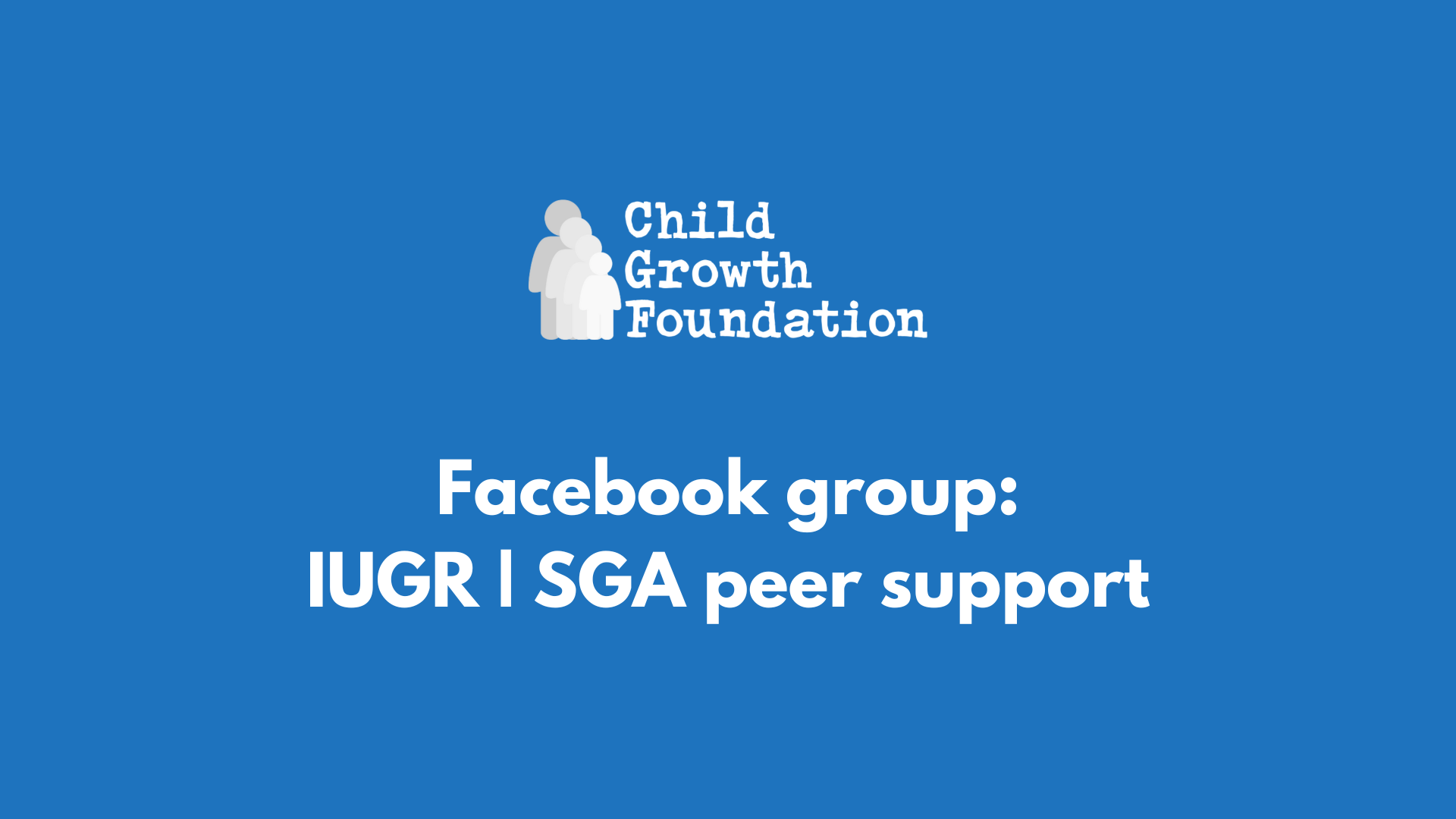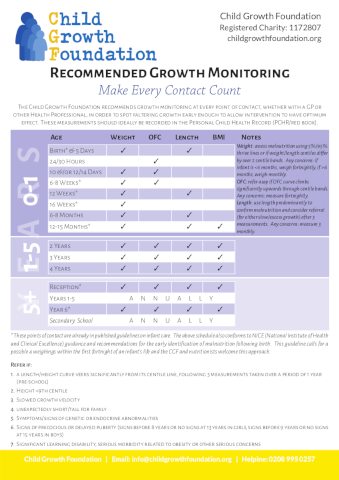IUGR | SGA
Intrauterine Growth Restriction (IUGR) | Small for Gestational Age (SGA)
What are SGA | IUGR?
SGA
Small for Gestational Age (SGA) is a term given to a baby that is born smaller than normal when compared to other babies that had the same number of weeks of pregnancy. SGA babies may be proportionally small – equally small all over, or they may be of normal length but have a lower weight.
IUGR
Intrauterine growth restriction (IUGR) describes an impairment of a baby’s expected growth, based on ultrasound measurements, at some point during pregnancy and is irrespective of the size of the baby at birth. Most, but not all infants with IUGR may be born SGA, similarly many SGA infants will not have experienced IUGR.
IUGR describes a reduction of the foetal growth rate but is not defined by the subsequent birth weight, whereas birth weight/length is used to define SGA.
Why does it occur?
Babies may be born SGA because of a genetic change, or because both parents are short but more commonly, they will be small because of problems during pregnancy. IUGR commonly occurs when the foetus does not receive the necessary nutrients and oxygen needed for proper growth and development of organs and tissues.
How are IUGR and SGA diagnosed?
SGA
The diagnosis of SGA is based on comparison of the baby’s weight or length centile at birth with the ‘averages’ of all babies born at that number of weeks; however, it is also based upon sex. For example, a male baby born at 32 weeks will be compared to the average of all male babies born at 32 weeks.
A baby is classed as SGA when they have a birth weight and/or length below -2 SDS / below the 2nd centile, on the growth chart.
Most babies born SGA catch up over the first two or three years of life. However, in about 10% complete catch-up growth does not occur. These children remain small and don’t reach their genetic potential as defined by their parental heights.
IUGR
A diagnosis of IUGR is based on measurements taken at scans during pregnancy of the baby’s abdominal circumference and to estimate their weight. They are then compared to average measurements of other babies in a comparable population of the same sex and number of weeks of pregnancy to determine if the baby is growing within an expected range. A baby with IUGR can still have a normal birth weight.
Causes
There are a few different possible causes as to why a baby, either during pregnancy or at birth, has not had the expected growth.
Maternal (mother) influences such as health conditions, medications or behaviours could affect the baby’s growth. Factors such as the mother’s age and intervals between each pregnancy can also possibly increase the risk. If previous babies have been small this could increase the likelihood of subsequent babies being SGA or IUGR.
The placenta is responsible for the transfer of nutrients and oxygen from mother to baby and when it is not working effectively, this is called placental insufficiency, this can affect the baby’s growth.
Foetal factors, meaning possible conditions the baby has that affect their development and growth, these could be a chromosomal abnormality, genetic condition or possible congenital or metabolic conditions. If it is a multiple pregnancy, such as twins or triplets, the growth of the babies can also be affected.
Babies may be born SGA because of a genetic change, both parents are short, or they have had previous babies born small but more commonly they will be small because of problems during pregnancy.
Symptoms, treatment and support
Some features of IUGR & SGA may require medical help and support, so discuss any concerns with your clinician, who can then refer your child to another appropriate specialist if necessary.
Babies identified as IUGR/SGA will probably need support with feeding, including high calorie milks and potentially the use of a feeding tube. There can also be a need for medication relating to reflux and constipation. Once the calorie intake has been maximised there may be a need for further treatments such as growth hormone.
There is no definitive way to help your child put on weight, although this can be very worrying. These children are healthy and active, and confrontation over food should be avoided where possible.
Around 90% of babies born SGA will catch up by the age of 4. However, infants and children born SGA should have their growth monitored to ensure it is within the expected range, further investigations for faltering growth may be necessary.
Growth hormone has been shown to be beneficial both in the short term, and the long-term, with final height increased by an average of 7-10cm, with some children responding better than others. As a result, growth hormone is now licensed from 4 years of age for children born SGA who fail to show catch-up growth and who are short, both compared to the normal population and their parents.
Please consider contacting our nurse led Support Line for support and advice.
Facebook Support Group
The CGF run a number of closed Facebook groups, providing peer support for people directly affected by growth conditions, their parents, family and friends.
These groups are a fantastic support tool.
Click the image to find the IUGR/SGA Facebook group.
Further reading and downloads
Need to talk to someone?
Do you require information or someone to talk to? Do you wish to volunteer, donate, or attend one of our events? Then please, feel free to get in touch! We are happy to help.

















